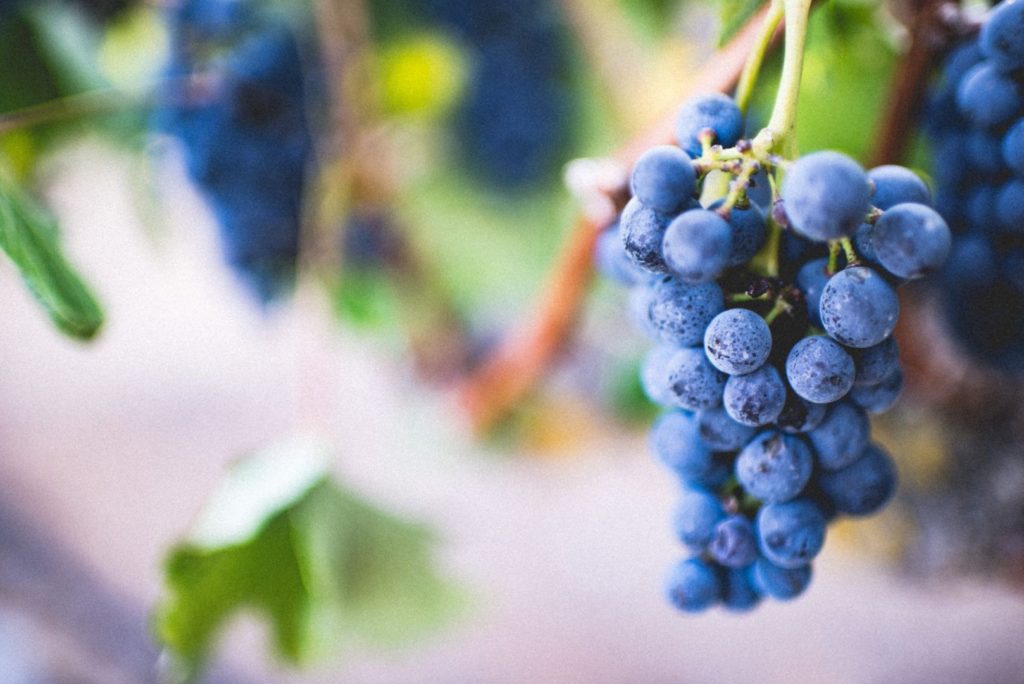Tasty reads
Roero DOCG a chat with producers (vol. 3)

The last chapter of our journey into the world of Roero DOCG continues with Claudio Battaglino from the winery Patrunet in Vezza d’Alba, Daniele from Poderi Vaiot in Montà, Margherita Battaglino from Pqlin in Castagnito, and Maria from Francesco Rosso in Santo Stefano Roero!
The testimonies that guided us to discover the sensory (and other!) qualities of this wine were amazing and you can go through them in the first and second volumes of this small column dedicated to the voice of the producers.
CLAUDIO — It is the Nebbiolo that is on the left side of the Tanaro, as a footprint it wants to be a bit the “brother” of Barolo and Barbaresco, but different because it can be drunk slightly earlier than the first two, while not disdaining aging.
Daniele — It is a great wine, at the level of quality we can say we have reached Barbaresco; it is very full-bodied, persistent in taste and with the savoriness typical of Roero wines.
Margherita — This is definitely a good wine, 100% nebbiolo-based with 18 months aging in oak barrels.
This allows for a very intense taste and aroma of blackberries, cherries and red fruits in general.
Maria — It is a wine that not everyone knows about, but it has great potential. It is a Nebbiolo that can age a great deal, having nothing to envy a Barolo or a Barbaresco.
It is a somewhat lesser-known area, but one with significant possibilities.
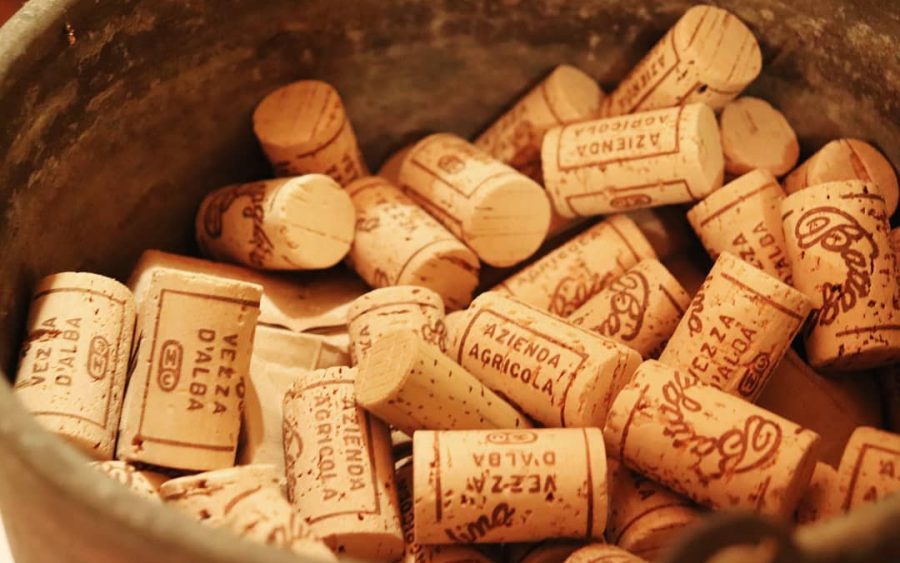
CLAUDIO — Because it is all to be discovered, it is fresh and young capable of aging even 10-15 years in an egregious way.
Daniele – I like it because it’s quite easy to drink, I’d say you can even drink it at the end of a meal to give you a good end to the evening! So it can also be considered a good meditation wine, in my opinion.
Margherita — Because it is a product that is very tied to our territory, but also because, since my grandfather’s time, it was considered the wine of celebration, of important occasions, unlike Barbera, which is instead an everyday wine.
CLAUDIO — Because it is structured and full-bodied, I like to pair it with main courses, such as game, and with cheeses, even quite aged ones.
A special feature, especially adopted by our family, are peaches in wine with Roero DOCG, a kind of Roero sangria.
It’s a nice memory from when I was a child: it was served by my family during the August holiday season when there was a village festival.
Daniele — During tastings we accompany it with roasted hazelnuts and, if we want to exaggerate, also with hazelnut cake. A different, but striking combination.

Margherita — I like it with very tasty meats, but also with pasta dishes seasoned with firm sauces, always meat-based. And why not, meat albese can also be a good match.
Maria – It is normally paired with succulent foods: braised meats, cheeks, game, all those meat dishes that require long, slow cooking because they go well with the tannin of Roero DOCG.
CLAUDIO – The Riserva has a longer aging period, 30 months, with a minimum of 20 months in wood. Ours does 30 months in wood, in tonneau, and after that it is bottled. Roero base ages 12 months in wood and is ready to be sold after 20 months.
Daniele — Given the length of the aging period, with the Riserva you get a “finished” wine, while the Roero DOCG is more ready-to-drink.
We still dedicate a year of bottle aging to the Riserva to let it rest and give it proper time to recover after processing.
Margherita — The Riserva, in my opinion, has added value because, by letting it age, it acquires important aromas and its organoleptic characteristics emerge more.
Maria — They have a different complexity: the Riserva is a wine that requires more aging: increasing the aging time also increases the tertiary hints released by the wood, the spices are felt more.
CLAUDIO – It is a slightly more versatile wine, occupying its own space and not encroaching on that of others. In my opinion, the Tanaro unites Langhe and Roero and does not divide: behind great wines are great territories, there is no need to wage war against each other.
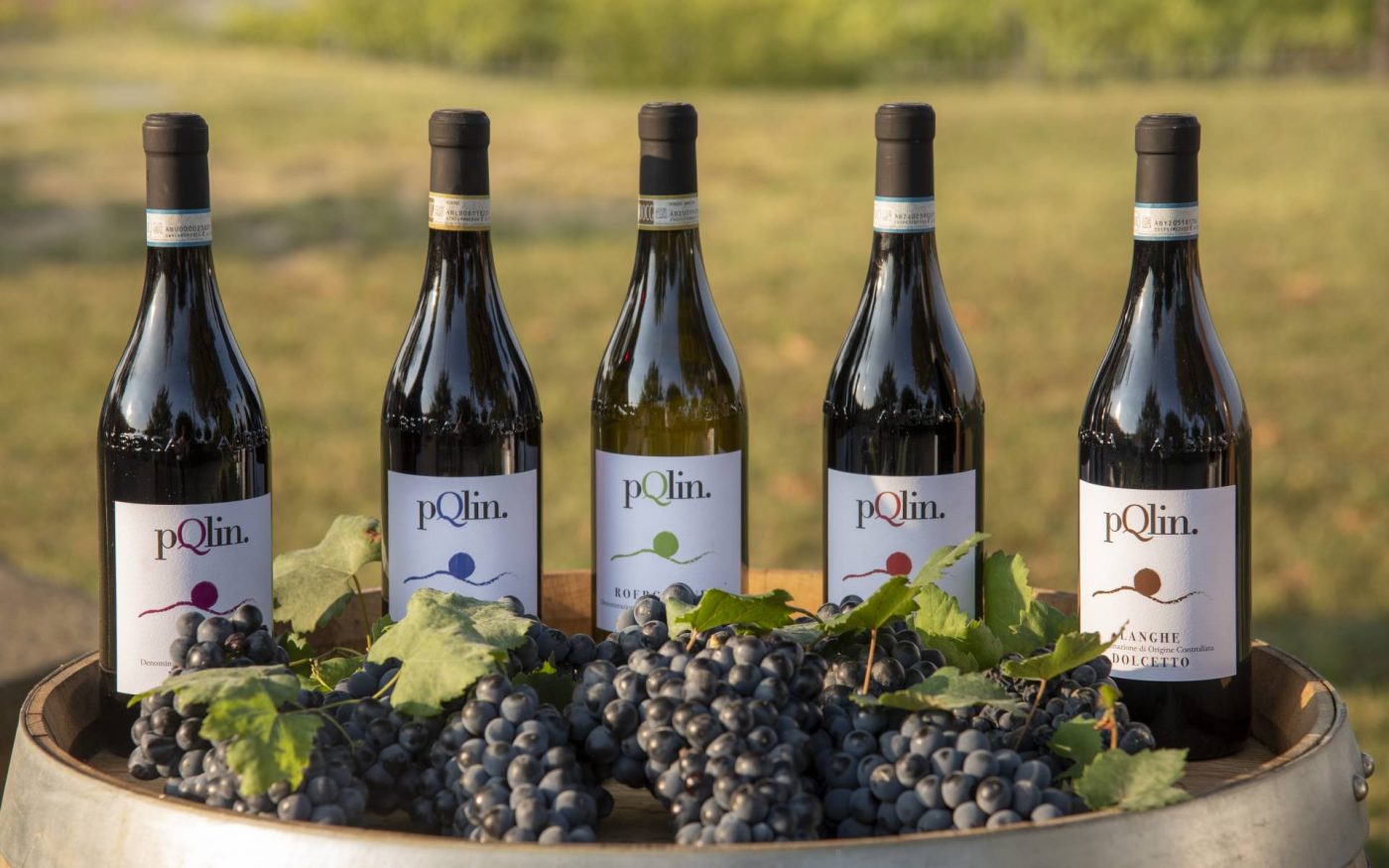
Daniele — Compared to the others certainly Roero DOCG stands out for freshness, as processing in fact they do not differ much.
Margherita — Roero DOCG is in my opinion more drinkable, easier, also because of a question of the youth of the wine.
Barolo and Barbaresco are finer on the palate than Roero, which is fatter and fuller instead. The soil also contributes a lot to create the final taste of the product.
Maria — For Roero, in the tastings we do with even experts, unique finesse characteristics are noted above all, presenting tannins that are, in general, softer and more balanced.
CLAUDIO — Everybody knows the Langa wines, they have come very high, in Roero we are instead a little bit behind because we were born later, even at the level of denomination.
Nebbiolo is a grape subject to climate change, in the last three years we have seen a great drought and fortunately these last few days it has rained. We welcomed this event as a godsend!
Climate change also changes the characteristic of the wine, logically: the sun is not what it used to be, the temperatures have risen so you have to be a little more careful to leave bunches a little more covered by the leaves because they are very delicate.
Too much sun then also leads to the drying of the grapes, and this also changes the taste because you take home raisins, with even higher alcohol content.
In recent years, the harvest time has also shifted , bringing it forward: this year on September 20 we finished harvesting.
As a market, Roero is best known for Roero Arneis. Therefore, a bigger push needs to be given to Roero DOCG because it still has so many cards to play.
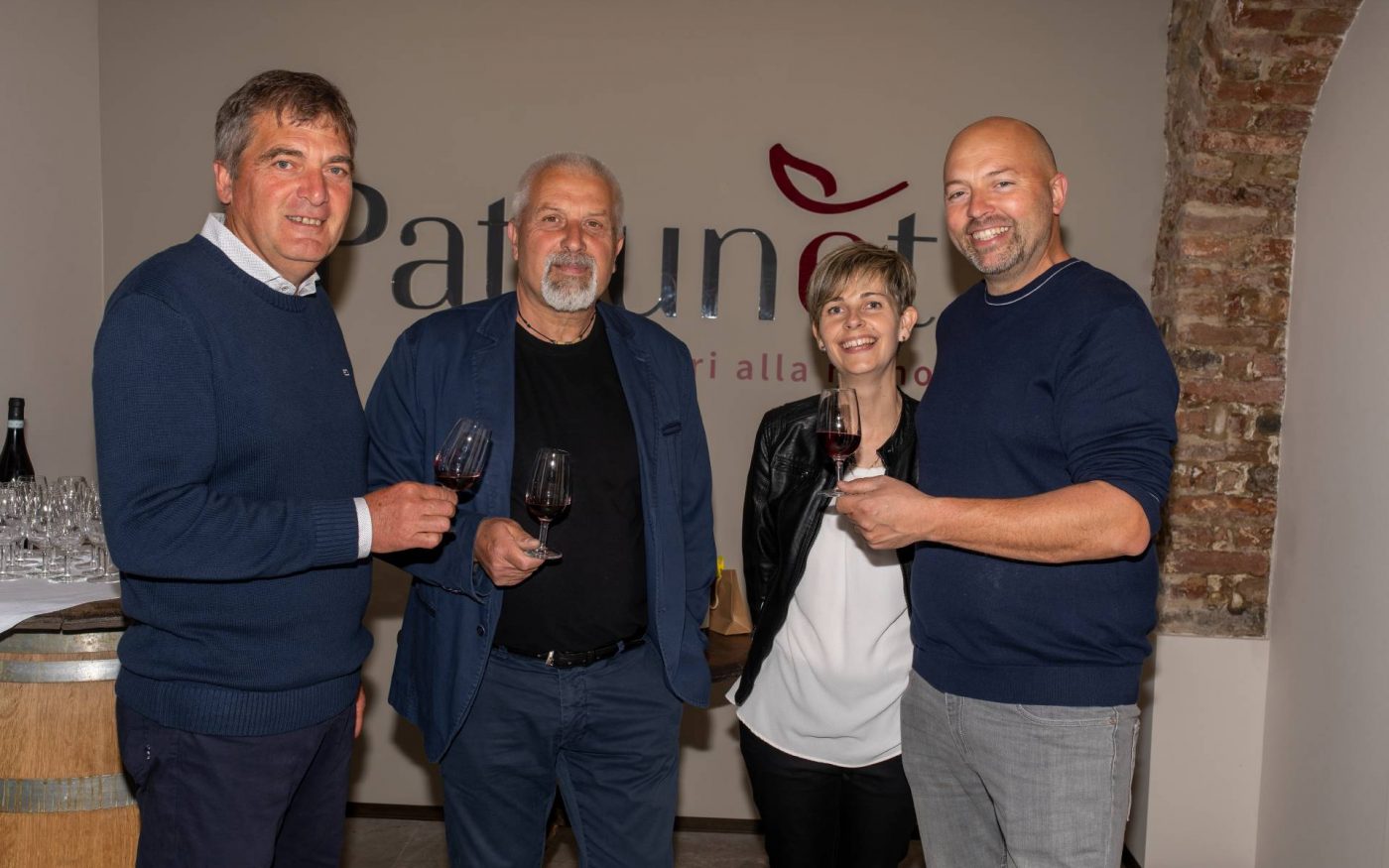
Daniele — By now we don’t encounter great difficulties in processing: every year we harvest test bunches, take them to the laboratory and see what we can get. Usually then a small thinning is done and harvesting begins.
We used to keep the rows perfectly cut and precise, but now we leave them more “free” to allow as much shade as possible.
Instead, for the rains, we sowed grass to ensure that the morning dew stays in the soil as much as possible.
Turning to the market, Roero is little known. The whole world knows Barolo, as a name and fame, so we need to continue to publicize this product, which is not to be outdone. Abroad we sell mainly in Belgium, Holland, Sweden (in the Nordic countries, in fact, it is well known because, paradoxically, it is better informed).
Margherita — Climate change-not only for Roero DOCG, but for all wines-invites us to take more care in winemaking because of the increased alcohol content in malolactic fermentation. It used to be easier to make wine, today, with these temperatures it all becomes a bit more complicated.
In the market, Roero is gaining momentum, and we have noticed that people are beginning to appreciate it.
This happens primarily because we try to promote it and then also because of the way we communicate it in general, especially in Italy.
They still prefer Barolo and Barbaresco abroad because they are much more “famous” commercially.
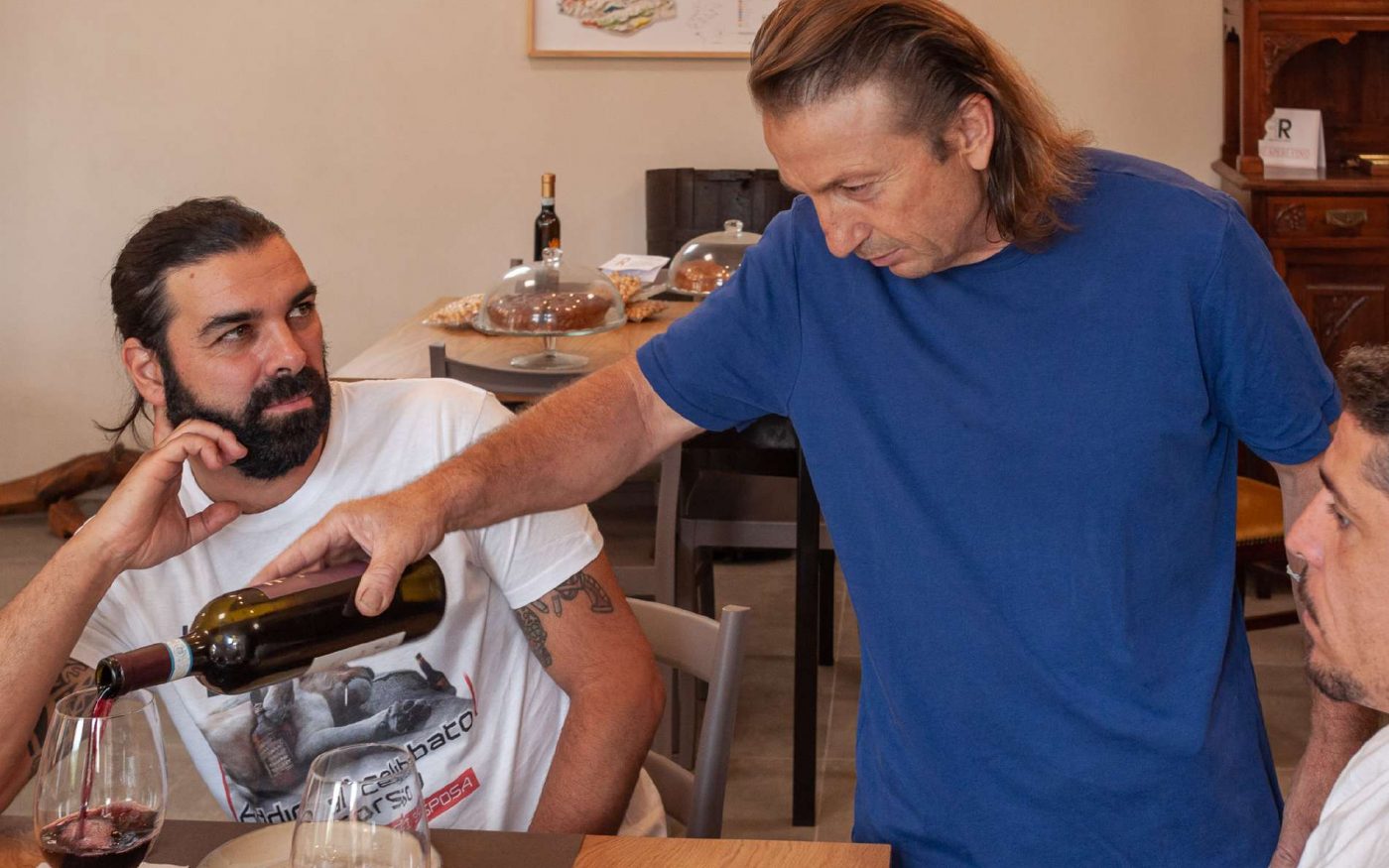
Maria — For a few years now, drought has been bringing diseases that are making field tillage more difficult, so much so that even the exposure has to be reviewed because too much sun threatens to burn the crop.
The damage that is done to the vine unfortunately has long-term repercussions, but as a specification, we cannot water, even in light of the possible costs triggered by the water supply.
We will also have to start thinking about arrangements to keep the alcohol content from rising above 15% vol. From 16 to 17% vol. in fact, it is considered a fortified wine.
At the market level, people don’t know it very much, but the Consortium is working very well to make sure it emerges all-around, and in that sense we need to team up even more.
